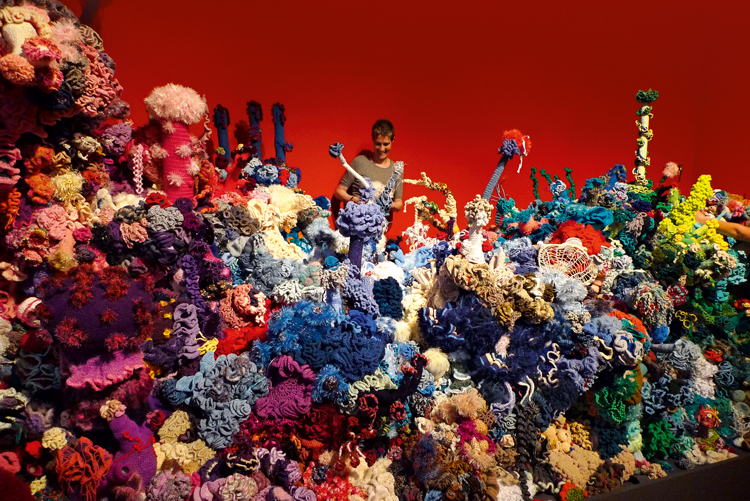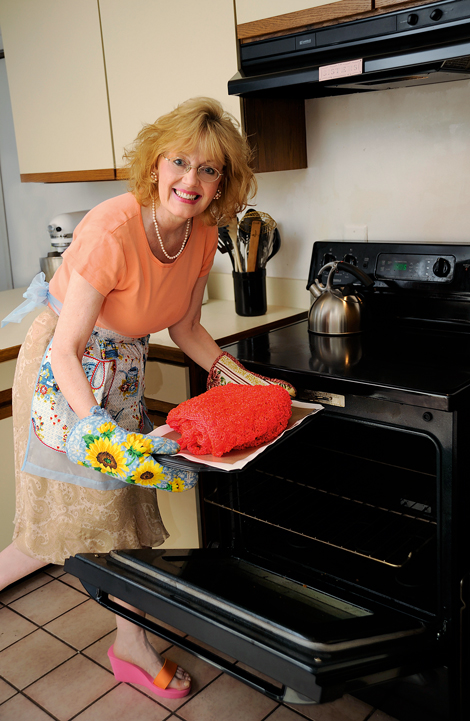You wouldn’t know it from such thriving, vibrant publications as Artillery (can I get that raise now boss?) but print is a dying medium. Sure, they still run off enough copies of Divergent and Heaven is for Real to build a paper mache penitentiary the size of an Amazon rainforest, but an anthology of pithy insights on DIY media from a highly-regarded West Coast art critic? Fageddaboudit.
But when God slams a door, he also smashes a window, or something. While usurping the printed page as the primary vehicle for textual information within what, like a decade?—digital media and the Internet have also transformed the physical publishing landscape immeasurably, from print-on-demand providers like lulu and blurb to crowd-sourcing fundraisers for single self-published projects—both strategies that bypass conventional editorial, marketing and academic casting-couch channels to literary acclaim.
I myself recently kicked in on two related kickstarter campaigns to realize ambitious art publications. The first was actually a reprint—Norman Brosterman’s 1997 Inventing Kindergarten, a book that first brought wide attention to the innate formal splendor of crystallographer Friedrich Froebel’s groovy 19th-century pedagogical legacy, and its startling and undeniable links to growed-up Modernism. A straight-out-of-left-field game-changing take on recent art history, Inventing Kindergarten first came to my attention via the Los Angeles-based Institute for Figuring, who assembled an eponymous exhibition of Brosterman’s collection of historical artifacts at Art Center in 2006.
That was around the time the IFF—whose mission is “to contribute to the public understanding of scientific and mathematical themes through innovative programming that includes exhibitions, lectures, workshops and participatory, community-based projects”—started their first forays in the peculiar arena that was to bring them international acclaim and grow to devour their attention and resources for the following decade. Triggered by Cornell mathematician Daina Taimina’s inspiration to use crochet to create models of non-Euclidian solids, they embarked on a deep-sea journey of epic proportions.
The Crochet Coral Reef forms the subject of their impressive kickstarted coffee-table tome, which pretty faultlessly conveys the ambition, scope and beauty of this ongoing decade-long exercise in mathematical biological ecological relational feminist decorative installation craftwork. If that seems like a mouthful, fear not. While Crochet Coral Reef—the book—is chock-full of beautifully reproduced photographs of the project’s various drop-dead iterations, the authors perform a stellar job of parsing the cloud of conceptual frameworks it knits together.
Including the history, which allegedly began with an offhand comment by IFF cofounder Christine Wertheim to her twin sister (and IFF cofounder) Margaret during a video screening of Xena, Princess Warrior, to the effect that if the precious coral reefs of their native Australia were ultimately destroyed by environmental degradation, their hyperbolic crochet models would be the ideal memorial. From this then-seemingly-flippant associative leap came an outpouring of material and social richness that has become one of the largest collaborative artworks in history, incorporating the participation of close to 8000 individuals and resulting in installations at venues around the globe, including London’s Hayward Gallery, The Smithsonian, The Andy Warhol Museum and the Millard Sheets Center for the Arts at the LA County Fair in Pomona.
Only God can make a Snot Sea Cucumber, but the Wertheims and their network of co-creators have accomplished something nearly as impressive, utilizing an ever-expanding material vocabulary (trad yarns, Jelly Yarn, VHS tape, wire, fishing line, beads, pipe cleaners, plastic trash bags, etc.) to create a phantasmagorical array of sumptuous visual and tactile artifacts that simultaneously embody the previously enumerated menu of contemporary cultural issues.
What is most remarkable about the Crochet Coral Reef as a publication—quite aside from the enormity of its subject—is that it is easily one of the best written art books I’ve ever come across. Each of the critical threads implicated by the project’s complex narrative is unraveled in logical, informative and entertaining language that is a blessed relief from the garbled argot and regurgitated PR fluff that’s passed off for literate discourse in the art world. That’s partly due to the Wertheim twins’ bona fides as writers—Margaret is a noted popular science journalist with three previous books under her belt, while Christine is a central figure in LA avant-garde literary circles and a professor in the Critical Studies department at CalArts. (Other actually intelligible contributors include Leslie Dick, Marion Endt-Jones and Donna Haraway.)
But it may also be partially due to the fact that Crochet Coral Reef—the book—was generated in the context of a post-publishing-industry literary world that is still in its polymorphous infancy. Certainly the production values are like nothing one would imagine in association with the term DIY—but the qualitative excellence of the content has a distinctly unsupervised enthusiasm, and a distinct absence of condescension that smacks of radical authenticity.
Norman Brosterman Inventing Kindergarten 2014
www.brosterman.com
Margaret Wertheim /Christine Wertheim Crochet Coral Reef
www.crochetcoralreef.org/order-crochet-coral-reef-book.php



